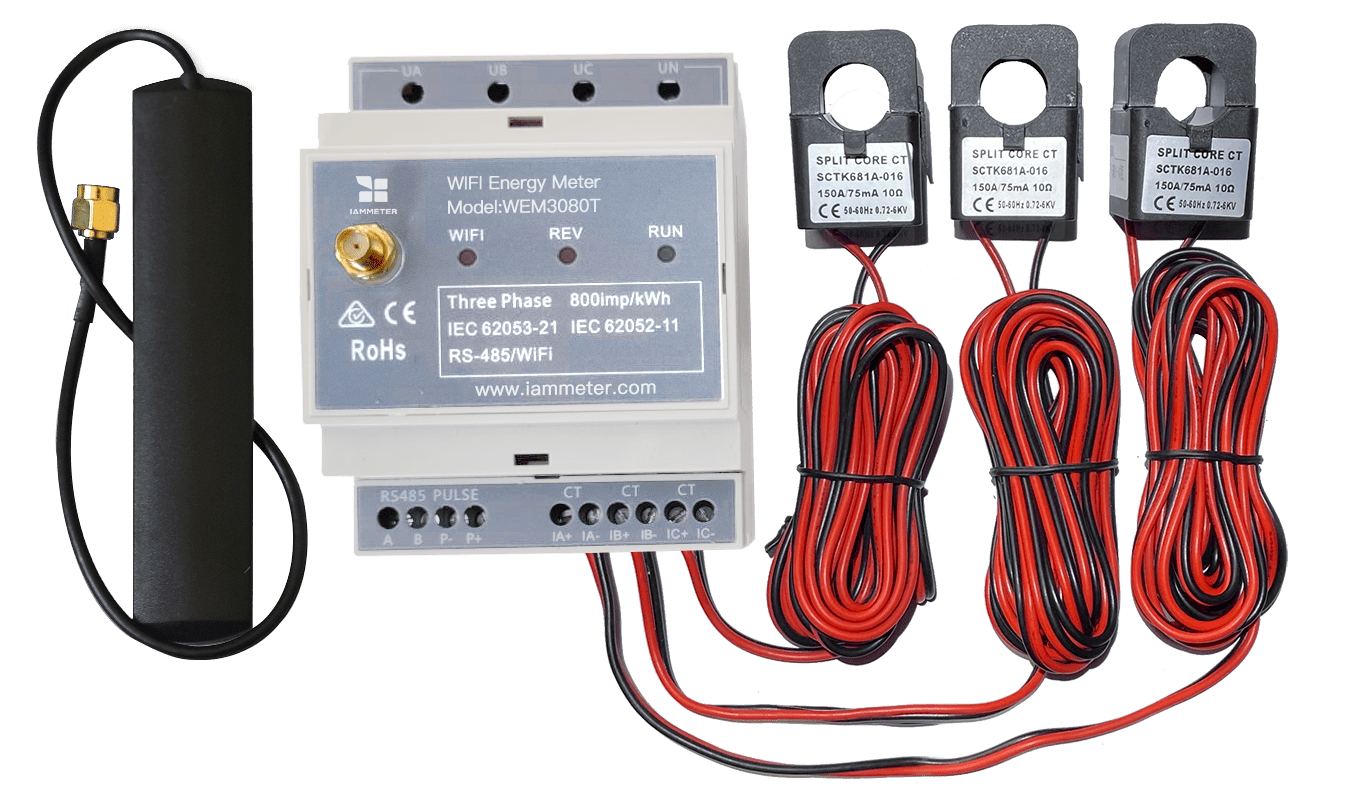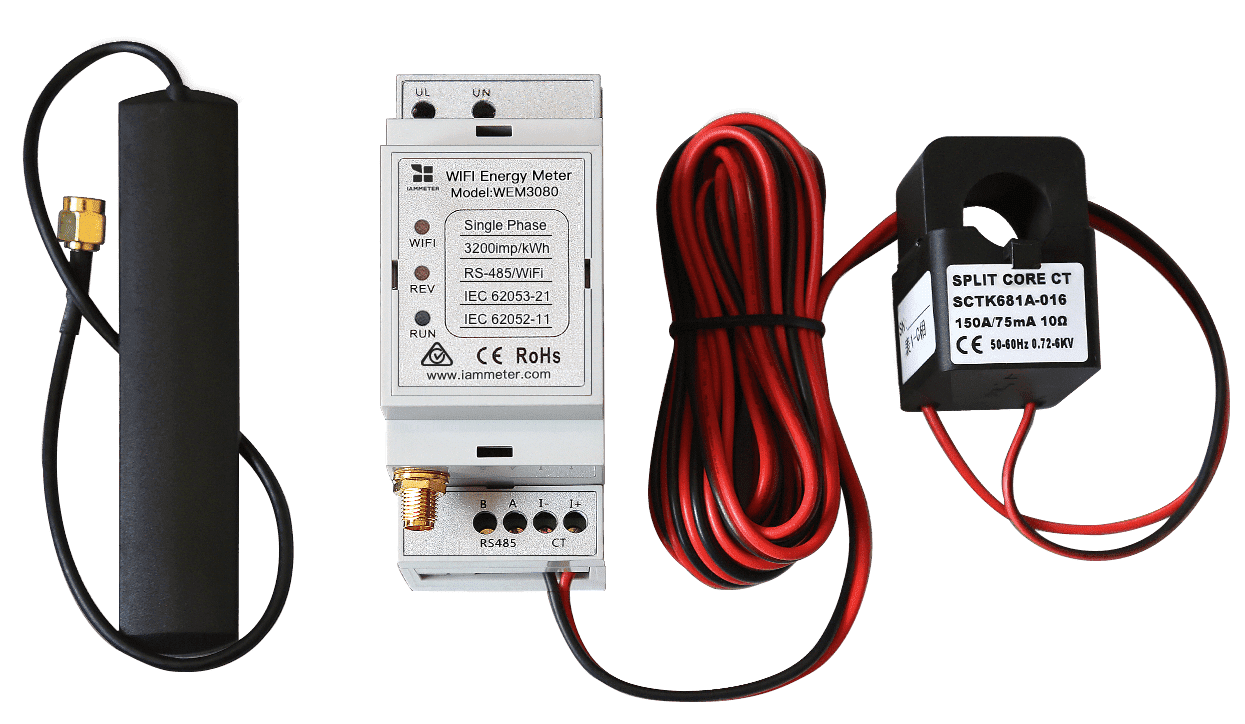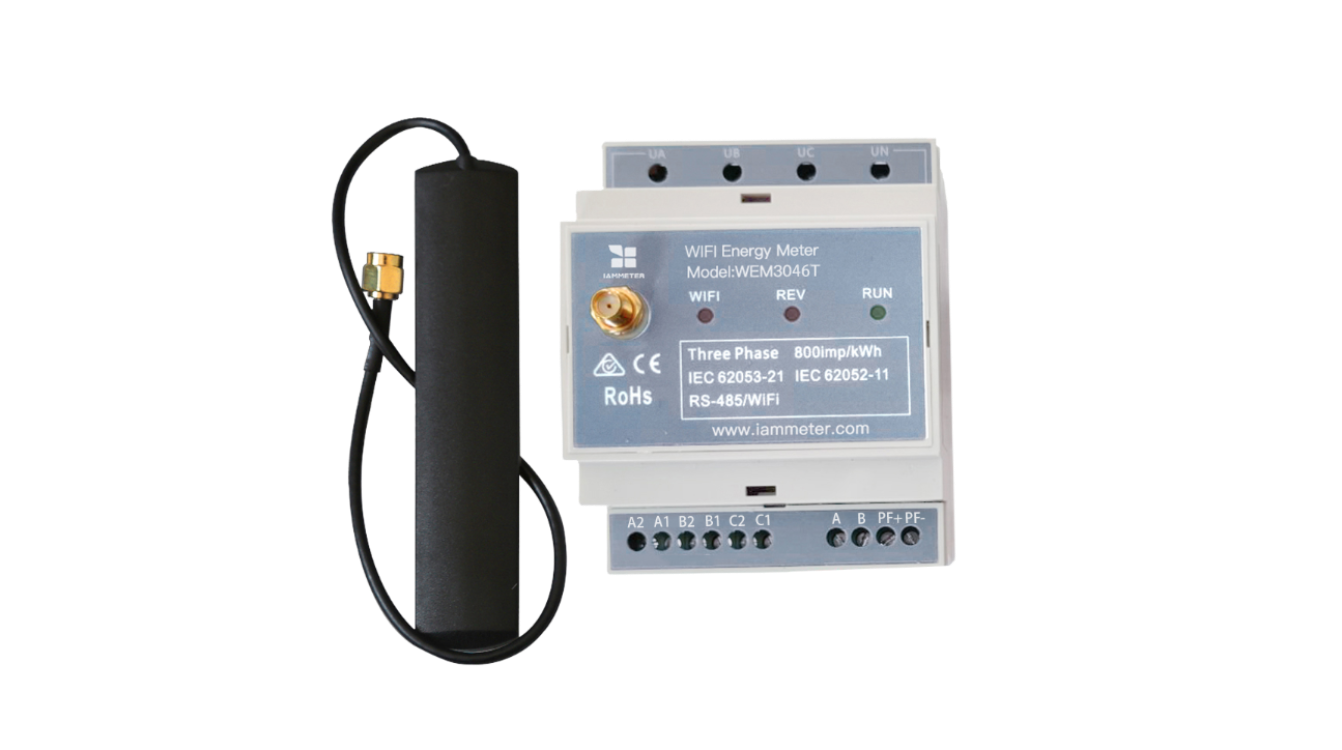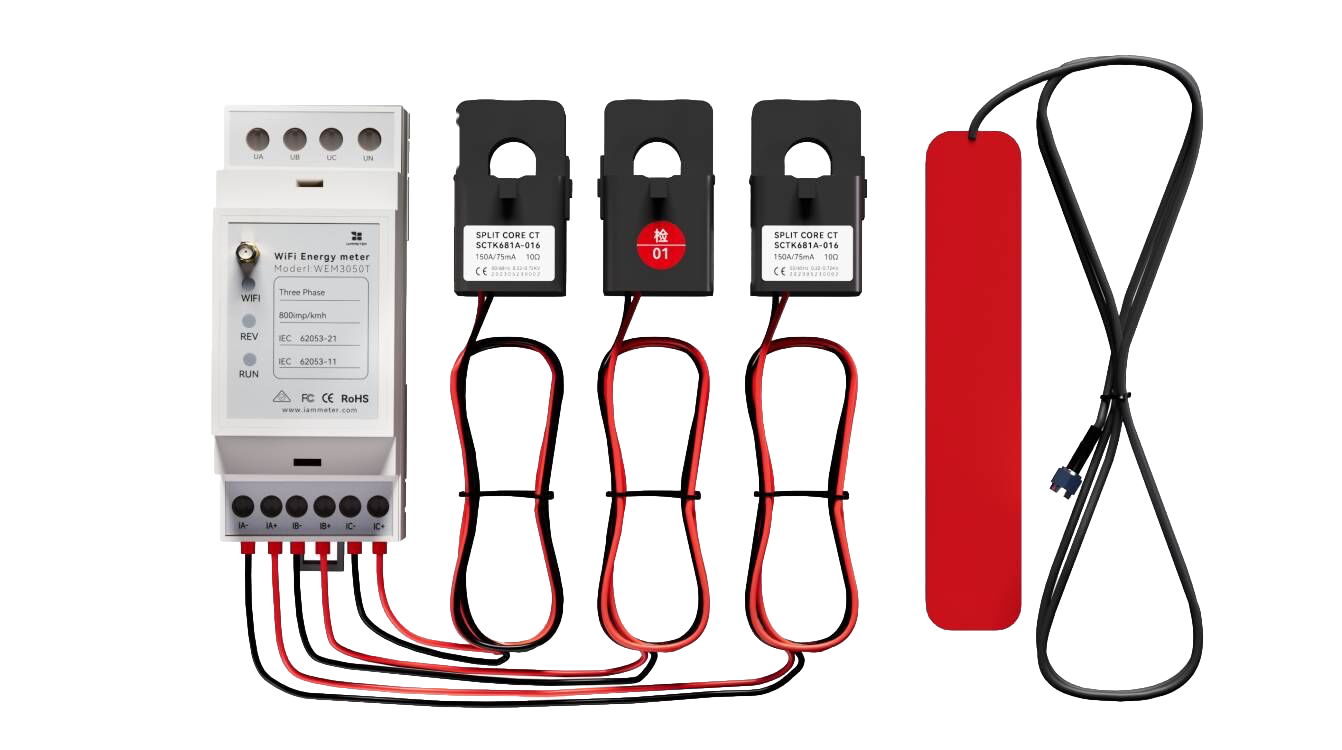Reactive Power Parameters Explained: kVAR, kVARh, PF, and More
Understanding Electrical Parameters: kW, kVAR, kVA, kWh, kVARh, kVAh
In electrical systems, terms like kW, kVAR, and kVA are frequently used. These units represent different types of power or energy. Understanding their meanings not only helps accurately assess energy efficiency but also plays a crucial role in system optimization and reducing electricity bills.
1. Basic Definitions of Electrical Parameters
| Parameter | Name | Description |
|---|---|---|
| kW | Active Power | Power that is actually consumed by electrical appliances and converted into useful work (e.g., lighting, heating, motor operation). Electricity bills are calculated based on kWh. |
| kWh | Active Energy | The accumulated active power over time; this is the “unit” shown on your electricity bill. |
| kVAR | Reactive Power | Power used to establish and maintain electric or magnetic fields in inductive loads (e.g., motors, transformers). It does not perform useful work but is essential. |
| kVARh | Reactive Energy | Accumulated reactive power over time. In some commercial/industrial settings, reactive energy is charged. |
| kVA | Apparent Power | The combination of active and reactive power, representing the total power supplied by the grid. |
| kVAh | Apparent Energy | Accumulated apparent power over a period; used in some specialized billing schemes. |
2. Power Triangle: Relationship between kW, kVAR, and kVA
These three parameters form a right triangle:
|\
| \
kVAR | \ kVA
| \
|____\
kW
Mathematical relationships:
- kW² + kVAR² = kVA²
- Power Factor (PF) = kW / kVA
A lower power factor means a higher share of reactive power, which reduces power delivery efficiency, increases load on the lines, and can even raise electricity costs.
3. Why Should You Monitor Reactive Power?
Residential Users:
Home users typically focus on:
- Active Power (kW): Instantaneous power consumption of household appliances
- Active Energy (kWh): Used to calculate monthly electricity bills
✅ Residential bills generally do not include reactive power charges, so reactive power is not a major concern.
Industrial and Commercial Users:
Factories, office buildings, hospitals, shopping malls, and other facilities often have significant inductive loads (e.g., motors, HVAC systems, transformers), leading to high reactive power. In such cases:
- Utilities often require a minimum power factor
- When PF drops below a threshold (e.g., 0.9), penalty charges may apply
- In some regions, kVARh (reactive energy) is directly billed
- Maximum demand (kVA) may determine base electricity fee brackets
✅ Therefore, monitoring reactive power and power factor is critical for commercial and industrial users to manage costs and improve energy quality.
4. IAMMETER Energy Meters: Full Power Monitoring Capability
IAMMETER energy meters (e.g., WEM3080T, WEM3050T) support real-time and accurate monitoring of:
- Active Power (kW)
- Active Energy (kWh)
- Reactive Power (kVAR)
- Reactive Energy (kVARh)
- Apparent Power (kVA)
- Power Factor (PF)
🔧 Enable reactive power measurement in IAMMETER meters
Data access methods:
- IAMMETER-Cloud platform
- MQTT protocol (for integration with Home Assistant, Node-RED, etc.)
- Modbus TCP (for industrial systems)
- 🔗 Local HTTP API
Key Benefits:
- 📊 Real-time active/reactive power curve for all three phases
- ⚙️ Diagnose low PF issues and assist with compensation strategies
- 💰 Avoid penalties caused by excessive reactive energy
- ☀️ Analyze reactive behavior in PV systems to improve grid compatibility
- 🔁 Reactive power (kVAR) is reported as a signed value: positive indicates inductive load, negative indicates capacitive load
- 📈 Reactive energy (kVARh) includes two separate values: one for inductive reactive energy and one for capacitive reactive energy
5. Typical Use Cases
- 🏭 Factory Energy Monitoring: Track reactive load changes, use capacitor banks to improve PF
- 🏢 Commercial Building Energy Management: Monitor PF to optimize transformer loading and energy performance
- ☀️ Solar PV Grid Monitoring: Detect and tune reactive output from PV inverters
- 🧰 Large Equipment Monitoring: Observe apparent power spikes during motor starts to evaluate grid load
6. Conclusion
Modern electricity management is not only about "how many kWh you used", but also includes:
- Is your load structure optimized?
- Is reactive power being wasted?
- Is your power factor within utility requirements?
- Are you paying extra due to poor PF?
💡 Choose the IAMMETER Smart Energy Meter — not just to know how much you’ve consumed, but also to understand how the electricity is being used.
About IAMMETER
IAMMETER is a company focused on energy management products and services, offering smart energy meters, management apps, and cloud platforms.
Our goal is to help customers manage, utilize, and save energy effectively, reducing electricity bills through smart monitoring and analysis.
Solutions
Products
- 🔸 IAMMETER Energy Meters Overview
- 🔸 WEM3080T – Three-Phase/Split-Phase Wi-Fi Energy Meter
- 🔸 WEM3080 – Single-Phase Wi-Fi Energy Meter
- 🔸 WEM3050T – Three-Phase Energy Meter
- 🔸 WEM3046T – Wi-Fi Three-Phase Meter with 5A CT Input







